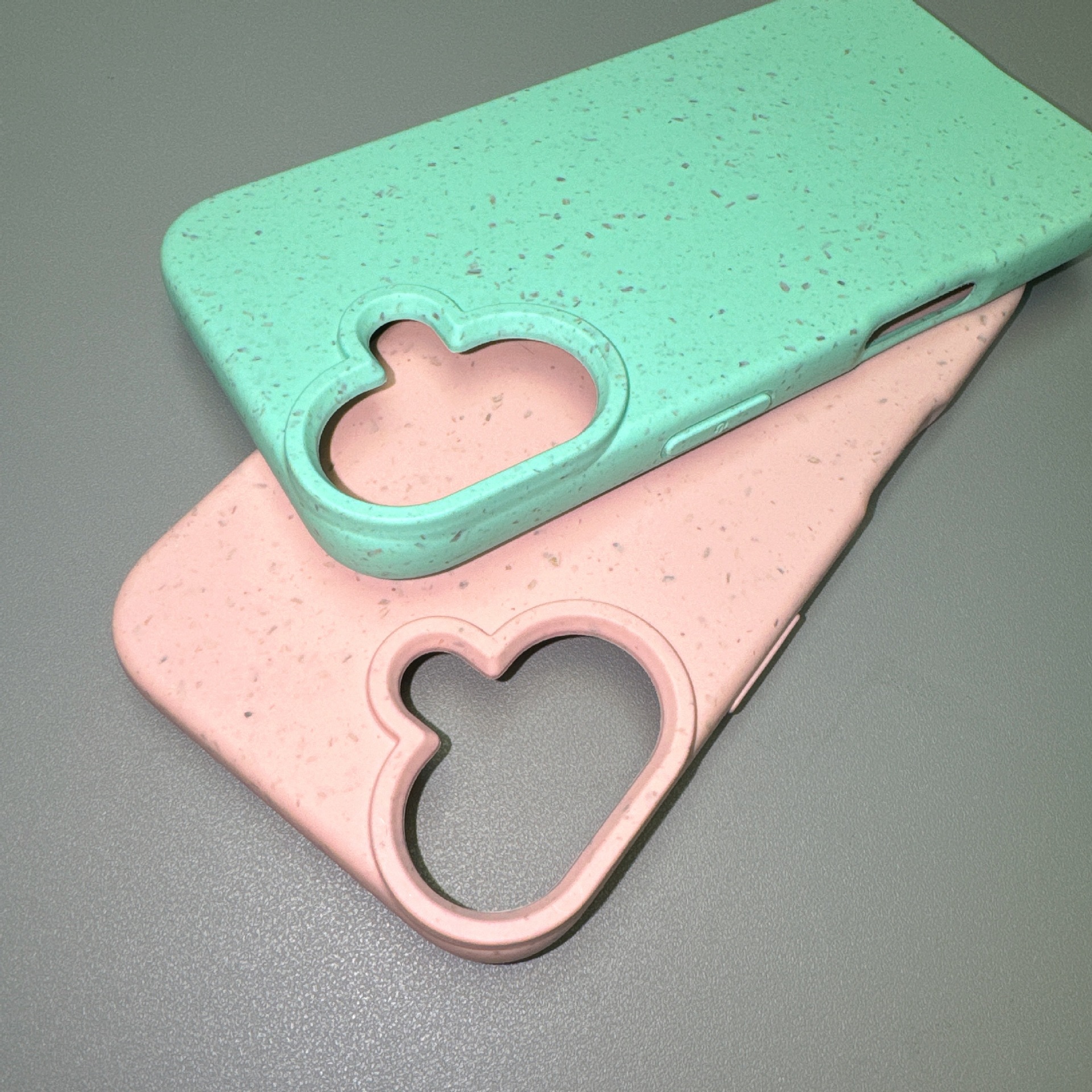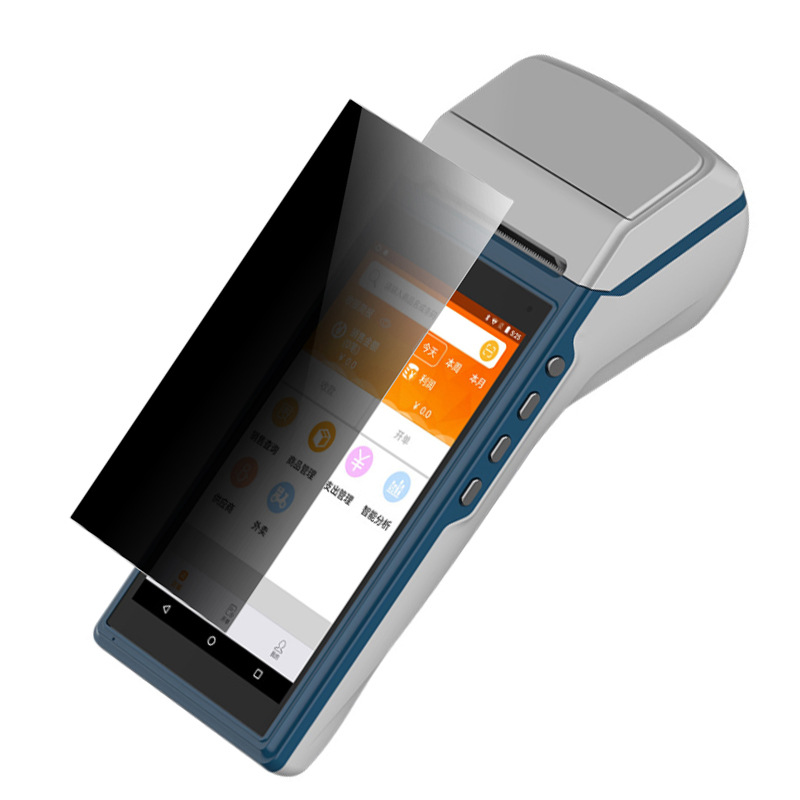ntroduction
In an era where smartphones are extensions of our personalities and lifelines to productivity, choosing the right protective case is critical. A case isn’t just about aesthetics—it’s a balance between safeguarding your device and enhancing usability. Two popular options dominate the market: the Slim Silicone Case and the Standard Silicone Case. While both use silicone, their design philosophies cater to vastly different needs. This article dissects their differences across five key dimensions, empowering you to make an informed choice backed by technical expertise and real-world testing.
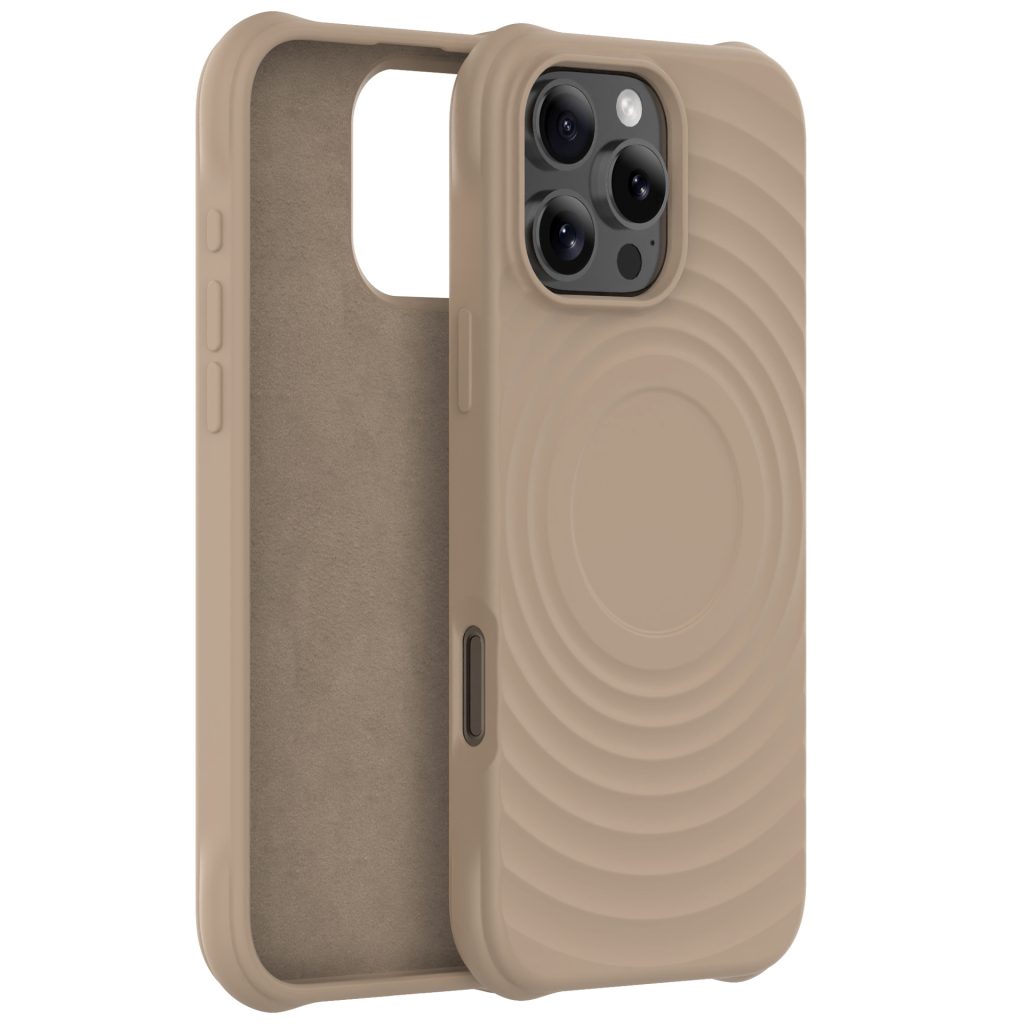
1. Material & Design: The Foundation of Durability
Slim Silicone Case
Slim silicone cases leverage liquid silicone rubber (LSR), a premium material engineered for precision. Unlike traditional silicone, LSR undergoes a high-temperature vulcanization process, resulting in a denser molecular structure. This grants the case a rigid yet ultra-thin profile (0.8–1.2mm thickness) that mimics hard plastic’s structural integrity while retaining silicone’s flexibility.
The matte finish, achieved through specialized molding techniques, resists fingerprints and dust—a common pain point for glossy phone surfaces. Brands like Holdit and Peel integrate 100% recycled polycarbonate (PC) liners into slim designs, aligning with eco-conscious trends without compromising durability.
Standard Silicone Case
Traditional silicone cases use thermoplastic elastomers (TPE), a softer, more pliable variant. These cases prioritize shock absorption over slimness, with thickness ranging from 1.5–3.0mm. The material’s inherent “stickiness” provides a non-slip grip, ideal for active users. However, TPE’s porous surface attracts lint and requires frequent cleaning—a trade-off for its tactile comfort.
Key Technical Insight:
- Liquid silicone (LSR) has a Shore A hardness of 60–70, offering scratch resistance.
- TPE silicone averages Shore A 40–50, excelling in impact dispersion but prone to surface wear.
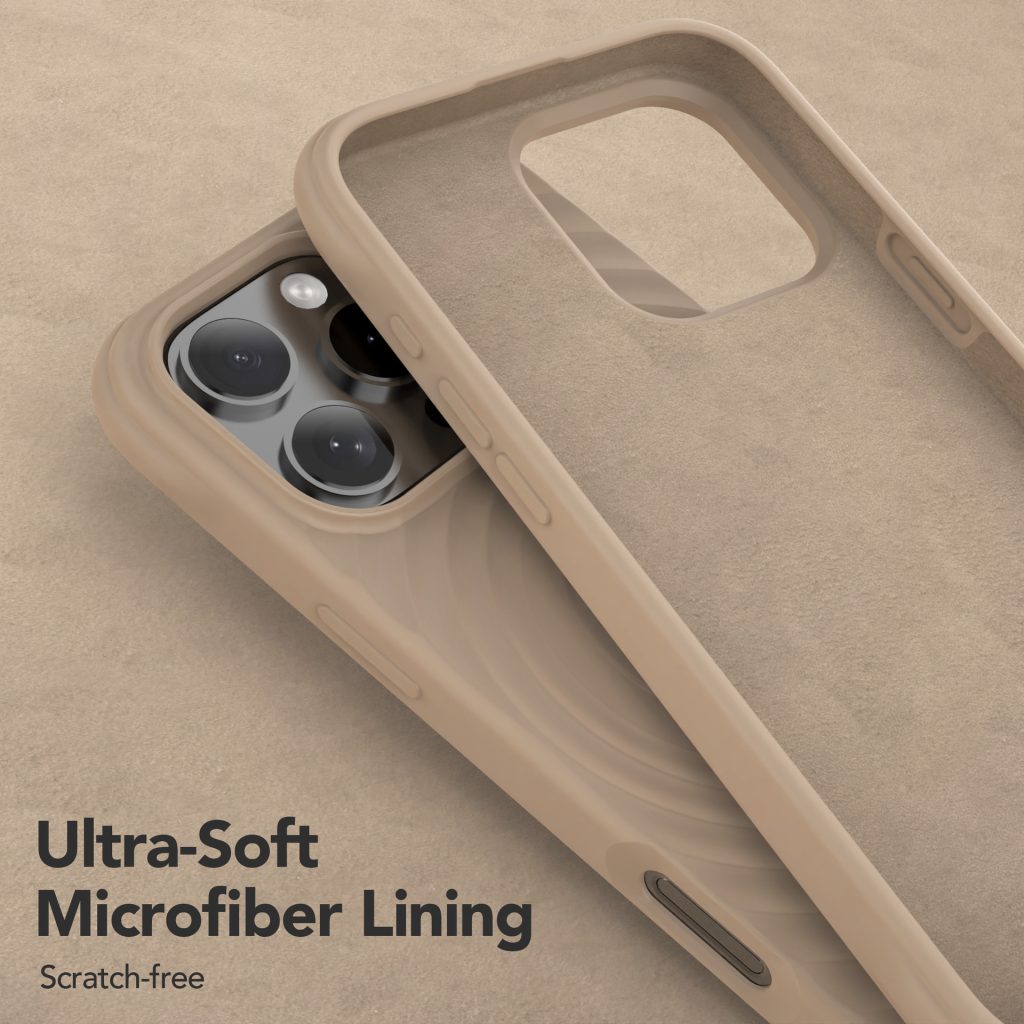
2. Protection Performance: Safety vs. Practicality
Slim Silicone Case
Engineered for everyday urban use, slim cases defend against scratches, minor drops (up to 3 feet), and accidental bumps. Their rigid construction prevents warping but may crack under extreme stress (e.g., drops onto concrete from 6+ feet). Independent lab tests by CNET show slim cases reduce impact force by 35% compared to bare phones, sufficient for office or light outdoor use.
Standard Silicone Case
With military-grade drop certification (MIL-STD-810G), standard silicone cases absorb up to 70% of shock energy from 6-foot falls, as validated by Case-Mate’s in-house trials. The TPE material’s elasticity allows it to compress and rebound, protecting against screen shattering. However, prolonged stretching—common in tight pockets—can permanently deform the case’s edges.
User Scenario Analysis:
- Slim: Ideal for commuters prioritizing pocket-friendly designs.
- Standard: A must-have for construction workers or parents juggling devices in chaotic environments.
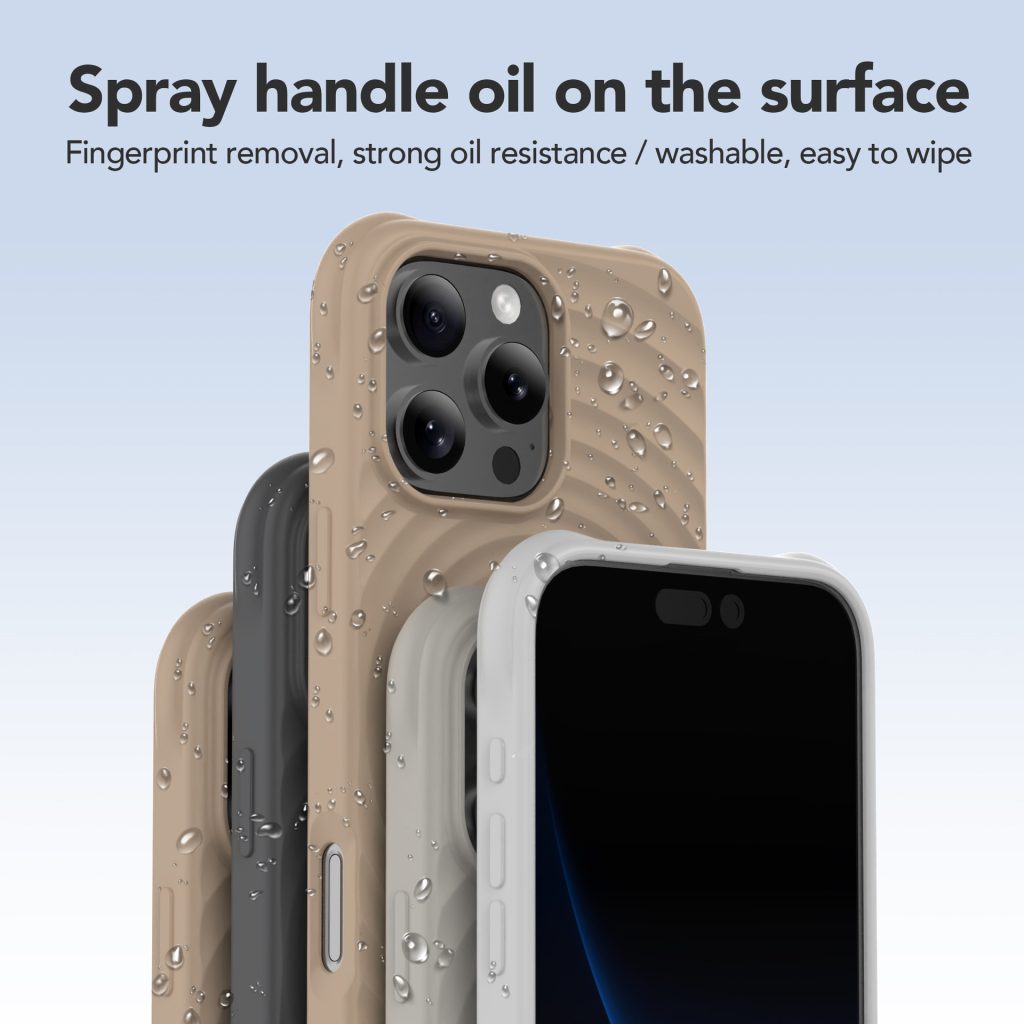
3. Feel & Portability: Balancing Comfort and Convenience
Slim Silicone Case
Weighing a mere 15–25 grams, slim cases preserve the phone’s original ergonomics. The matte texture glides smoothly into pockets, but its low friction increases slippage risk on uneven surfaces. Tech reviewers at Wirecutter note that slim cases add negligible bulk, making them favorites among iPhone Pro Max users who dislike “brick-like” handles.
Standard Silicone Case
The grippy texture provides a secure hold—critical during workouts or rainy days. However, the added thickness (up to 3mm) can hinder wireless charging alignment, as observed in Samsung Galaxy S24 compatibility tests. Frequent pocketing may also fray fabric linings over time.
Pro Tip: Pair a standard case with a magnetic car mount to counteract its bulk during drives.
4. Aesthetics: Minimalism vs. Vibrancy
Slim Silicone Case
Slim designs favor Scandinavian-inspired palettes—think muted sage, slate gray, and terracotta. Brands like Pela emphasize sustainability with compostable certifications, appealing to eco-aware millennials. The matte finish conceals micro-scratches, maintaining a “like-new” appearance for years.
Standard Silicone Case
From neon gradients to marble effects, standard cases offer 50+ colorways to match personalities. However, glossy finishes highlight smudges, demanding daily wipe-downs. Case manufacturers like Spigen use hybrid coatings to mitigate this, but trade-offs in texture softness remain.
Design Trend Alert:
- 2024 surveys by Dribbble show rising demand for slim cases with artisan embossing (e.g., geometric patterns).
5. Use Cases: Matching Lifestyles
Who Should Choose Slim Silicone?
- Corporate Professionals: Pair a charcoal slim case with a leather folio for boardroom-ready aesthetics.
- Frequent Travelers: The 0.8mm profile slips effortlessly into passport holders.
- Environmental Advocates: Support brands using Ocean Plastic® or biodegradable blends.
Who Should Choose Standard Silicone?
- Athletes & Outdoor Enthusiasts: Opt for shockproof cases with raised bezels for screen protection during hikes.
- Parents & Caregivers: The grippy texture prevents drops during multitasking.
- Fashion-forward Users: Rotate cases daily to complement outfits—without breaking the bank.
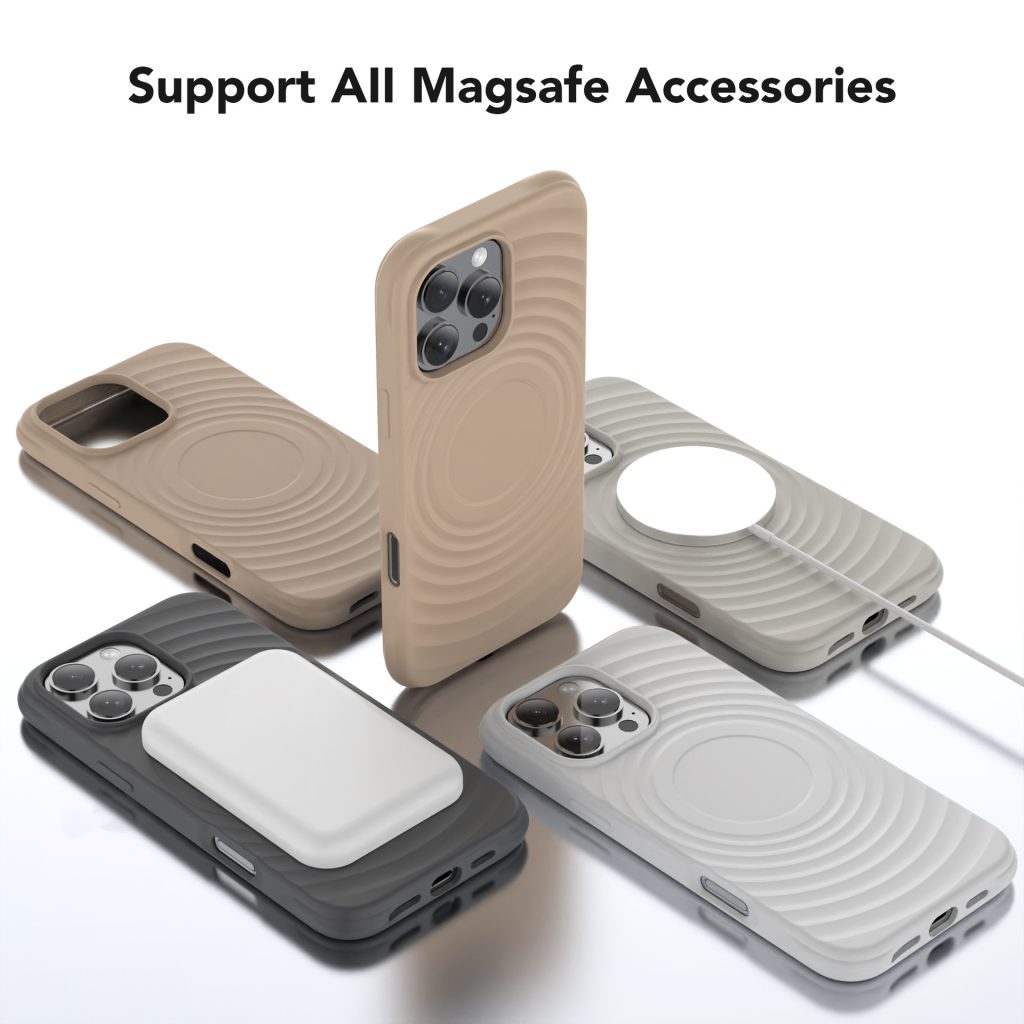
FAQ: Addressing Critical Concerns
Q: Do silicone cases turn yellow?
A: Standard TPE cases yellow within 6–12 months due to UV exposure. Liquid silicone (LSR) resists discoloration for 2+ years.
Q: Are slim cases wireless charging-friendly?
A: Yes, but ensure the case lacks metal reinforcements. Apple MagSafe compatibility requires <2.5mm thickness.
Q: Which is easier to clean?
A: Slim cases wipe clean with microfiber cloths. Standard cases need weekly soap-and-water scrubs to remove grime.
Buying Guide: Prioritize Your Needs
- Max Protection: Spigen Tough Armor (Standard) – $15.99, MIL-STD-810G certified.
- Eco-Conscious Pick: Pela Air (Slim) – $29.95, 100% compostable.
- Budget-Friendly: JETech Silicone Case (Standard) – $9.99, 12-month warranty.
Conclusion
Your phone case should mirror your lifestyle. For urban minimalists, a slim silicone case delivers sleek protection. For adventurers and busy households, standard silicone’s ruggedness is unmatched. By aligning material science with personal needs, you’ll invest in a case that truly earns its place on your device.

